
All categories
Featured selections
Trade Assurance
Buyer Central
Help Center
Get the app
Become a supplier

(1393 products available)

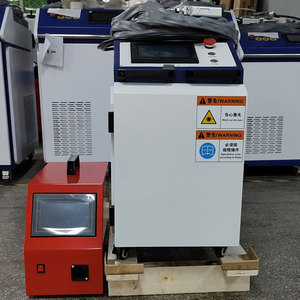
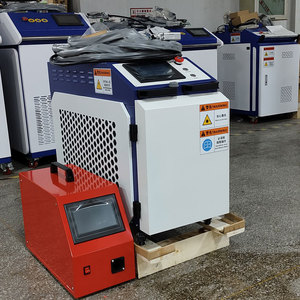



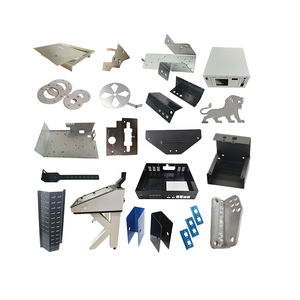























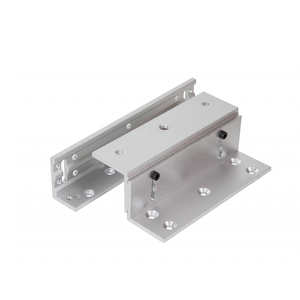
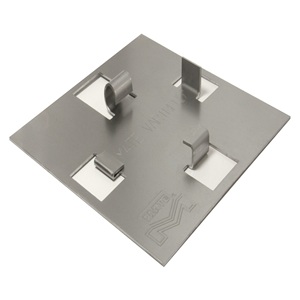









machines for can body welding machine play a crucial role in the field of welding, particularly in applications requiring precise and continuous seam welding. These machines are engineered to deliver consistent and high-quality welds along seams, making them indispensable in industries such as automotive, aerospace, and manufacturing. The design and operation of machines for can body welding machine ensure that the welding process is streamlined and efficient, reducing the need for manual intervention and enhancing productivity. With advancements in technology, machines for can body welding machine have evolved to incorporate features that allow for greater control and precision, meeting the diverse needs of various industrial applications.
The variety of machines for can body welding machine available caters to different welding requirements and environments. Common types include resistance seam welders, laser seam welders, and ultrasonic seam welders. Resistance seam welders use electrical resistance to generate heat, effectively welding metals together, and are known for their robustness and reliability in heavy-duty applications. Laser seam welders, on the other hand, utilize concentrated light beams to achieve precise welds, making them ideal for delicate and intricate tasks. Ultrasonic seam welders use high-frequency sound waves to weld materials, offering advantages in terms of speed and energy efficiency. Each type of machines for can body welding machine is designed to meet specific industry standards, ensuring optimal performance and quality.
machines for can body welding machine are equipped with features that enhance their functionality and usability. Key functions include the ability to perform continuous welds along seams, ensuring uniformity and strength. Features such as programmable controls, adjustable pressure settings, and cooling systems are integral to the operation of these machines. Programmable controls allow operators to set precise welding parameters, ensuring consistent output. Adjustable pressure settings enable customization based on material thickness and type, while cooling systems prevent overheating and maintain machine efficiency. The integration of advanced technologies in machines for can body welding machine facilitates automation, reducing human error and increasing production rates.
The construction of machines for can body welding machine involves the use of durable materials and sophisticated components to ensure longevity and performance. Typically, these machines are built using high-grade metals such as stainless steel and aluminum, which provide structural integrity and resistance to corrosion. Key components include welding electrodes, control panels, and drive systems. Welding electrodes are critical for conducting electricity and facilitating the welding process, while control panels offer user-friendly interfaces for managing machine operations. Drive systems, responsible for moving the workpiece or welding head, ensure precise alignment and consistent welding speed. The choice of materials and components directly influences the efficiency and reliability of machines for can body welding machine.
To maximize the benefits of machines for can body welding machine, understanding their operational capabilities is essential. Proper setup and calibration are crucial for achieving optimal welding results. Operators should ensure that the machine is correctly aligned with the workpiece to prevent welding defects. Regular maintenance, including cleaning and inspection of components, extends the lifespan of machines for can body welding machine and maintains performance standards. Safety precautions, such as wearing protective gear and adhering to operational guidelines, are vital to prevent accidents and ensure a safe working environment. By leveraging the features of machines for can body welding machine effectively, industries can enhance their production capabilities and achieve superior weld quality.
When selecting machines for can body welding machine for industrial applications, several critical factors must be considered to ensure optimal performance and compatibility with specific needs. The first consideration is the type of welding technology employed by the machine, as different technologies offer distinct advantages. For instance, resistance seam welders are ideal for heavy-duty applications, while laser seam welders provide precision for intricate tasks. Additionally, the size and capacity of machines for can body welding machine are essential factors, as they dictate the machine's ability to handle varying sizes and types of materials. It's important to evaluate the machine's compatibility with existing systems and its ability to meet production demands.
Another crucial aspect is the configuration of machines for can body welding machine in terms of automation features. Machines equipped with advanced programmable controls and automation capabilities can significantly enhance productivity by reducing manual intervention and ensuring consistent output. The ease of integration into existing workflows and the flexibility of the machine to adapt to different production scenarios should also be assessed. Moreover, considering the energy efficiency of machines for can body welding machine is vital, as energy consumption impacts operational costs and environmental sustainability. Opting for machines with energy-saving features can contribute to cost reduction and align with sustainability goals.
Resistance seam welders and laser seam welders, both types of machines for can body welding machine, differ primarily in their welding techniques. Resistance seam welders use electrical resistance to generate heat, making them suitable for robust applications, while laser seam welders employ concentrated light beams for precise and delicate welds. The choice between the two depends on the specific requirements of the application, such as material type and desired precision.
To integrate machines for can body welding machine effectively, businesses should assess the compatibility of the machine with existing systems and workflows. This involves evaluating the machine's automation features and programmable controls, which can facilitate smooth integration and enhance productivity. Additionally, consulting with technical experts during the setup process can ensure that the machine operates efficiently within the production line.
Regular maintenance of machines for can body welding machine is crucial for longevity and optimal performance. This includes routine cleaning, inspection of components, and calibration to prevent wear and tear. Ensuring proper alignment with the workpiece and adhering to safety guidelines can also mitigate potential issues and maintain high performance standards.
machines for can body welding machine can be used with a variety of materials, but suitability depends on the welding technology and machine specifications. While resistance seam welders are effective for metals, laser seam welders can handle delicate materials with precision. The choice of machine should align with the specific material requirements and application needs.
Recent technological advancements have significantly enhanced the functionality of machines for can body welding machine, incorporating features such as automation, programmable controls, and energy-efficient systems. These improvements allow for greater precision, reduced human error, and increased production rates, making seam welders more versatile and efficient in industrial applications.